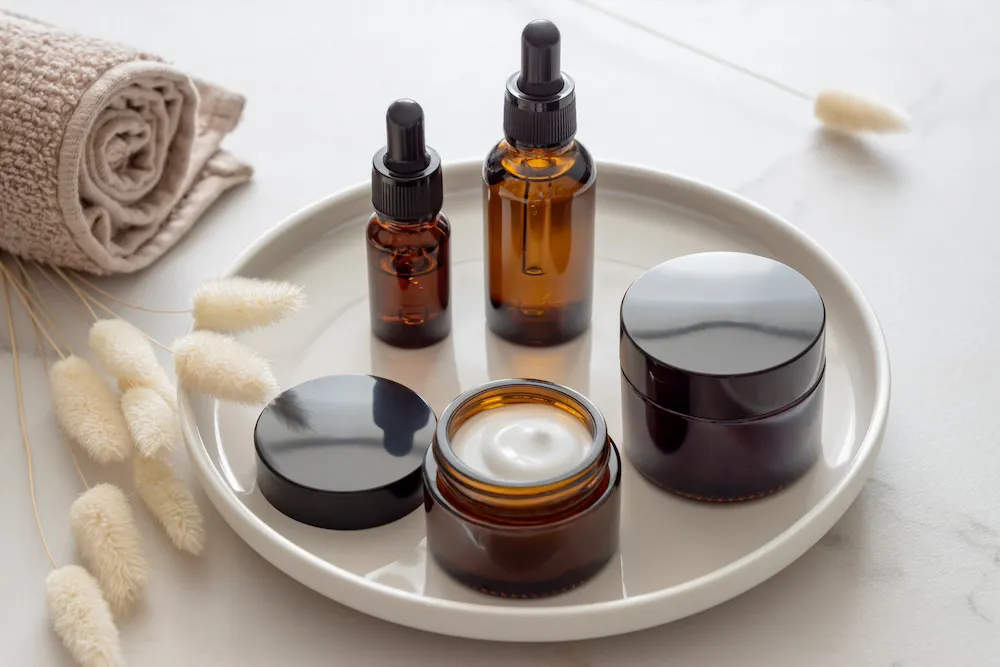How to Treat and Prevent Acne Scars
Opinino
By Evelyn published

How to Treat and Prevent Acne Scars
Acne scars can be a frustrating reminder of past breakouts, but the good news is that there are ways to treat and even prevent them. Whether you’re dealing with old scars or trying to minimize the risk of new ones, this guide will help you understand the best strategies for achieving smoother, clearer skin.
1. Understanding Different Types of Acne Scars
Acne scars come in different forms, and understanding the type of scar you have can help you choose the most effective treatment:
• Atrophic Scars: These are the most common type of acne scars and appear as depressions or pits in the skin. They include ice pick, boxcar, and rolling scars.
• Hypertrophic Scars: These scars are raised above the skin’s surface and are more common on the chest and back.
• Post-Inflammatory Hyperpigmentation (PIH): While not a true scar, PIH appears as dark spots left behind after a pimple heals, particularly in individuals with darker skin tones.
2. Preventing Acne Scars
The best way to deal with acne scars is to prevent them from forming in the first place. Here are some tips to help you avoid scarring:
• Don’t Pick or Squeeze Pimples: Picking at your skin can cause deeper inflammation and increase the likelihood of scarring. Instead, treat pimples with topical acne treatments and let them heal naturally.
• Use Sunscreen Daily: UV exposure can darken acne scars and slow the healing process. Applying sunscreen with at least SPF 30 every day helps prevent further damage.
• Treat Acne Early: The longer acne remains untreated, the higher the risk of scarring. Start treating acne as soon as possible to minimize inflammation and prevent scars from forming.
Tip: If you’re prone to acne scars, consider seeing a dermatologist who can recommend appropriate treatments to prevent scarring.
3. Treating Existing Acne Scars
If you already have acne scars, there are several treatments available that can help reduce their appearance:
• Chemical Peels: Chemical peels use acids to exfoliate the top layers of skin, promoting the growth of new, smoother skin. They can help reduce the appearance of shallow scars and hyperpigmentation.
• Microneedling: This treatment involves using tiny needles to create micro-injuries in the skin, stimulating collagen production and helping to improve the texture of atrophic scars.
• Laser Therapy: Laser treatments target the deeper layers of the skin, promoting collagen production and helping to smooth out scars. Fractional laser treatments are particularly effective for atrophic scars.
• Topical Treatments: Retinoids, vitamin C serums, and alpha hydroxy acids (AHAs) can help improve the appearance of acne scars over time by promoting cell turnover and reducing hyperpigmentation.
• Dermal Fillers: For deeper atrophic scars, dermal fillers can be injected to raise the scar to the level of the surrounding skin, creating a smoother appearance.
4. Patience is Key
Treating acne scars takes time, and results are often gradual. It’s important to be patient and consistent with your treatment plan. Depending on the severity of your scars, it may take several months to see significant improvement. Combining different treatments, such as using topical products along with professional treatments, can often yield the best results.
Tip: Always consult with a dermatologist before starting any new treatment to ensure it’s appropriate for your skin type and condition.
Acne scars can be a challenge, but with the right approach, you can significantly improve the appearance of your skin. By preventing new scars from forming and treating existing ones with effective methods, you’ll be on your way to smoother, clearer skin in no time.

